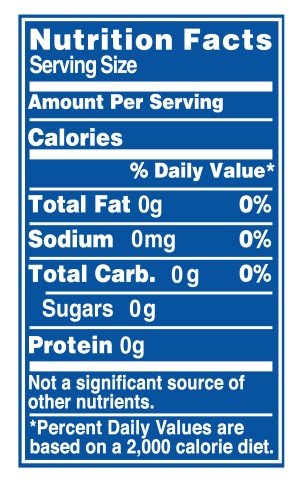Body Fat Percentage Guidelines for Males and Females
Weight Charts are Notoriously Subjective and Misleading
© Kelly Smith; all rights reserved; content may not be copied, rewritten, or republished without author’s written permission; Author’s Google profile; Posted March 3, 2013


There is a close correlation between fitness, weight management, diet, exercise programs, and body fat. Keep in mind that cardiovascular fitness does not necessarily correlate with body weight.
Slim people may be very out of shape. Likewise, weight, taken by itself, is not a reliable indicator of obesity. In fact, many people who do a lot of weight training may be quite heavy but have low body fat. Lean muscle mass is heavier than fat.
Unfortunately, most life insurance quotes only take height, weight, and gender into consideration when assigning an insurance premium. The chart below lists general body fat classifications for men and women in various age ranges.
| Body Fat Percentage Ranges | ||||
| Male Age Range | Too Little | Healthy | Overweight | Obese |
| 20 to 30 | Below 8% | 9% to 19% | 20% to 25% | Above 25% |
| 31 to 40 | Below 8% | 9% to 19% | 20% to 25% | Above 25% |
| 41 to 50 | Below 11% | 12% to 22% | 23% to 27% | Above 27% |
| 51 to 60 | Below 11% | 12% to 22% | 23% to 27% | Above 27% |
| 61 to 70 | Below 13% | 13% to 24% | 25% to 30% | Above 30% |
| Female Age Range | Too Little | Healthy | Overweight | Obese |
| 20 to 30 | Below 20% | 21% to 30% | 31% to 40% | Above 40% |
| 31 to 40 | Below 21% | 22% to 32% | 33% to 41% | Above 41% |
| 41 to 50 | Below 23% | 24% to 35% | 36% to 41% | Above 41% |
| 51 to 60 | Below 23% | 24% to 35% | 36% to 41% | Above 41% |
| 61 to 70 | Below 24% | 25% to 36% | 37% to 43% | Above 43% |
Do You Need to Lose Weight by Cutting Fat?
The (not so) shocking fact is that most people do need to get leaner and meaner when they cut the bad fats. The so-called good fats like those found in virgin olive oil and avocados is actually good for you.
Being fit is closely related to general good health, lowered risk of heart disease, and elevated self-esteem. Fit people also do better in getting hired and finding a mate.
OK, maybe those last two facts aren’t politically correct, but numerous studies do show them to be accurate. To get on the road to fitness recovery, here's a few things to do:
- Begin a running program or some other form of activity (with a doctor’s permission, of course).
- Shape up your diet. I didn’t say go on a diet. Consult the glycemic index table. Skip the fast food, eat a fresh, balanced diet, and stop driving around the parking lot for 10 minutes to get a close parking spot. Stretch those legs.
If you do need to lose some serious pounds fast, the safe way is one that does rely on the glycemic index—the South Beach Diet.
- Get the support of like-minded individuals; join a running club or a fitness center.
How is the Percentage of Body Fat Determined?
There are several ways to determine body fat, some more accurate than others. The most accurate method is hydrodensitometry weighing (underwater weighing). Basically, the subject is weighed outside the water tank, then immersed totally in water and weighed again. Then, a set of equations gives the results.
Next we have the caliper method (anthropometry or skinfold measurements). The skin is pinched and measured at various areas of the body. Next, a math calculation is employed to determine the body fat percentage based on the sum of the measurements.
The caliper method is most likely the one you will encounter when you join a gym. There are other methods requiring more equipment and relying on things like electrical impedance but most people are unlikely to encounter them.
The most popular and convenient method is using a scale like the EatSmart Precision GetFit Digital Body Fat Scale w/ 400 lb. Capacity & Auto Recognition Technology. This method allows you to conveniently track your weight loss (or gain) and correlate it with your fat percentage on a daily basis.
More Health Related Articles
- Healthy Red Blood Cells Need Vitamin B12
- 3 Herbal Teas for Immune System Support
- Should You Steer Clear of Genetically Modified Food?
- Understanding Nutrition Labels and Serving Size
Website © 2011 KSmith Media, LLC; all rights reserved; content may not be copied, rewritten, or republished without written permission; Webmaster’s Google profile